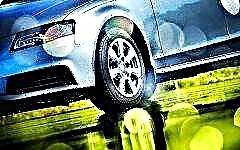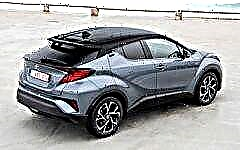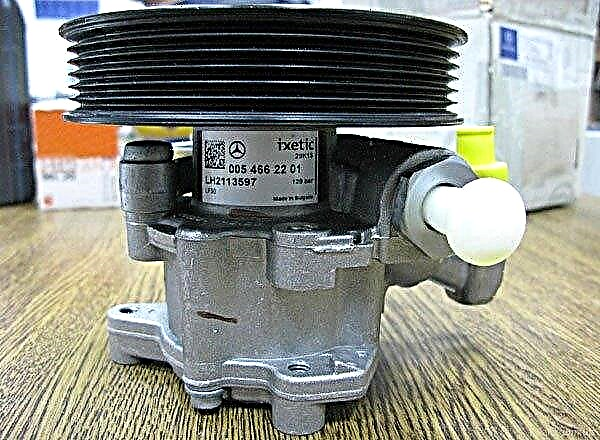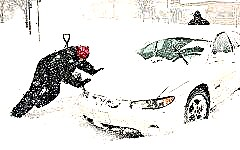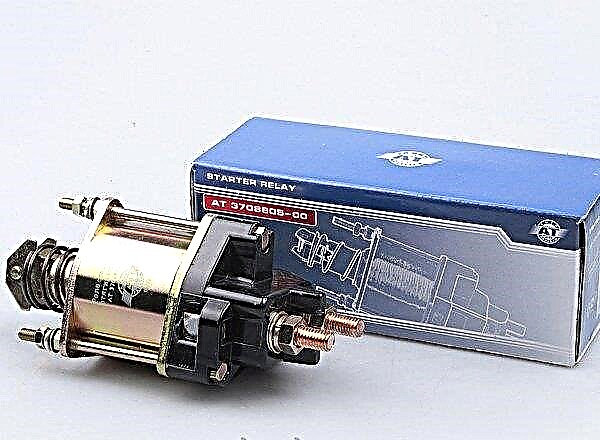The starter relay is an important part responsible for turning on the car engine, synchronizing the operation of all parts and distributing electricity. It is not difficult to check its performance, but it requires the entire instruction to be followed.

The content of the article:
- How the mechanism works
- Frequent malfunctions
- Verification procedure
- Changing the mechanism
- Repair price
When starting a car engine, not every driver thinks about how this difficult process begins. The starter relay plays an important role in this chain, and its breakdown often stops the car. The replacement process is not as complicated as it seems at first glance, but for this we will consider the components, the principle of operation and the repair process itself.
The concept and principle of operation of the starter relay

The starter retractor or traction relay is a necessary attribute of every car. It works in tandem with the engine starter and performs an important function. In the engine starting mechanism, in addition to the starter relay, there is a gear and a flywheel. It is through the starter relay that the gear and flywheel are engaged and disengaged at the time of starting. This is necessary in order for the starter itself to work correctly and to serve for a long time.
The starter solenoid relay consists of the main components such as the relay housing, armature, spring, coils with an electromagnet and a pair of contacts.
The principle of operation of the starter relay is that when the ignition key is turned on, a magnetic field is formed, which moves the armature into the housing. Then the magnetic field ceases to act, but the coil creates its own field, which does not allow the armature to return to its original position. Then, together with the anchor, the bendix gear moves, and finally it engages with the flywheel.
After that, the contact pairs are closed, as a result of which a current is generated, which begins to rotate the rotor together with the flywheel. In order to unhook the gear along with the armature, the starter relay comes into action. With its help, the magnetic field is turned off, and thus the armature together with the gear come to its original position.
The main malfunctions of the starter relay

Like any other part, the starter relay may have technical problems in operation. They can manifest themselves as follows. The most obvious reason for the malfunction is that the starter simply does not work and thus the engine does not start. The opposite problem is that the starter motor does not stop working after the engine is started.
It also signals a problem in the mechanism. Also, the starter often does not have enough RPM to spin the flywheel and thus engage it. Another cause for concern is the lack of a click when the ignition key is triggered, which signals that the armature has been retracted into the housing and the gear is engaged with the flywheel. If it is not there, then the mechanism did not work. However, there are times when the click works, but the starter device never worked. The problem most likely lies in the burnout of contact pairs. There can be many reasons for the above problems. First of all, obvious wear and tear of parts that prevent the starter from working correctly can be striking. In this case, the solution to the problem is to replace parts. Contact pairs or windings may also burn out, as mentioned above. To troubleshoot, as in the first case, a complete replacement of parts is required. In addition, the anchor can move into the hull with some delay and difficulty.
How to check the starter relay

First of all, the problem with engine malfunctioning can be found in damaged wiring. Therefore, the check should start with it. If it is in perfect working order, check the starter relay. Chances are it just doesn't work.
First of all, you need to check if a click is heard when the ignition key is turned on. Its absence indicates that the starter relay mechanism itself does not work. In this case, it is necessary to make a complete replacement of the device.
If a click is heard, but the engine does not start, check the functionality of the contact pairs. To do this, take out the terminal with a screwdriver and close it with the starter terminal. In this case, the current should succumb and if the engine is triggered, then the contact pairs are not damaged, and the problem lies in other details.

Also, a full check of the starter relay includes a voltage check, since a lack of energy causes insufficient rotation of the flywheel, and thus the inability to start the engine. In this case, you will need a special multimeter. One probe must be connected to the positive terminal, and the other to the ground. Then you should turn the ignition key and look at the multimeter readings. If they are below the available rate, then there is not enough voltage to start the engine.
All these procedures can be carried out without removing the starter from the car, which makes work easier. However, if a complete inspection of the relay with its removal is required, remember the safety rules. The torque is quite strong, so it is best to place the unit on the ground at a safe distance. Care should also be taken when disassembling parts, as improper inspection can cause serious injury.
Also, it will not be superfluous to carry out a complete diagnosis of the car using a personal scanner. For example, this can be done with the inexpensive Rokodil ScanX multibrand device.
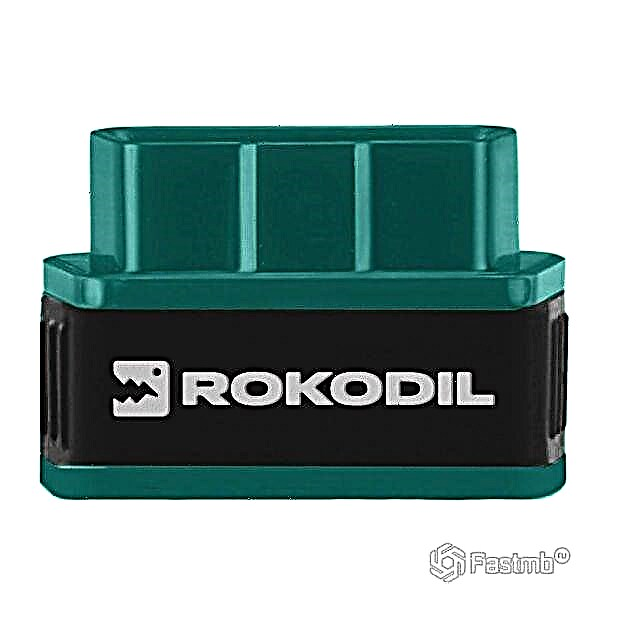
The device will analyze the data and, if errors are found, will indicate the problem element. With the help of such diagnostics, defects in the suspension, tires, frame and axle block can be detected. The scanner is compatible with most cars since 1996, with an ODB2 connector. Information is displayed on the screen of your phone or tablet with a detailed description of the malfunction.
How to replace the starter relay

You can replace the starter retractor relay yourself, strictly following all instructions. When working on replacing parts or replacing the starter relay itself, you should clean them of dirt, as they can impair further operation and lead to a short circuit. Replacing the starter relay begins with its removal from the vehicle. This procedure is rather complicated.
To do this, place the car in a prudent pit. We begin the replacement procedure by disconnecting all the wiring by unscrewing the nuts for safety reasons. Then the upper and lower bolts are unscrewed, with which the starter and relay are attached.
Next, we install a new device. This should be done in the strict reverse order. Finally, you should connect the wiring and then check the functionality of the entire device.
Car starter relay repair cost
You can do all the work of checking and replacing the starter relay in any car service. This procedure will be more reliable, since it will be performed by qualified specialists. The cost of this service starts from $ 10 and more. The cost of the starter relay part itself ranges from $ 10 to $ 25, depending on the car model and the quality of the mechanism. If you take a foreign car, then the price may be higher than $ 50.

